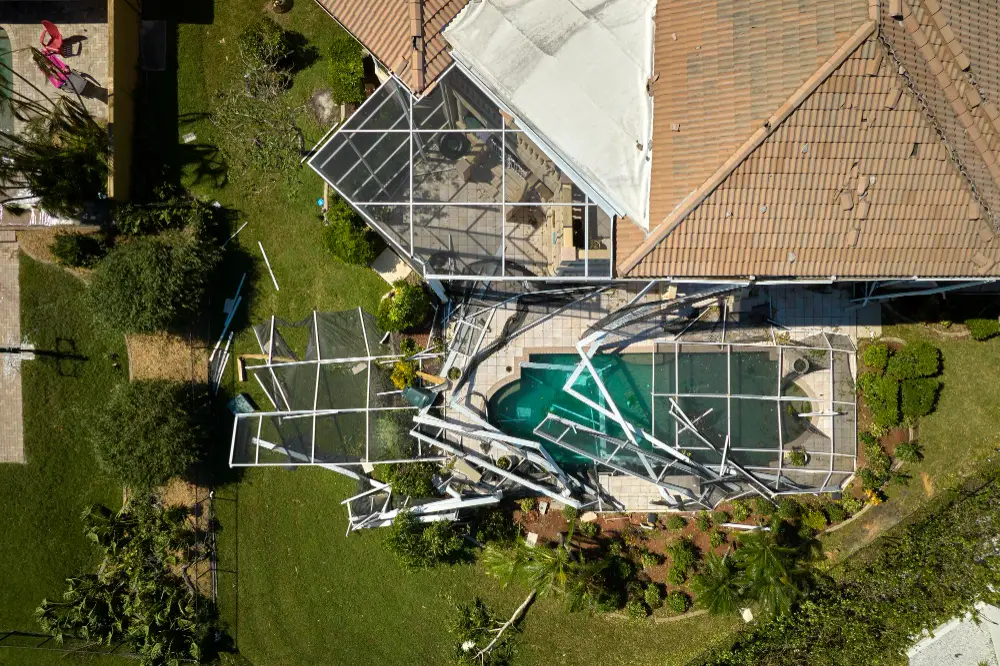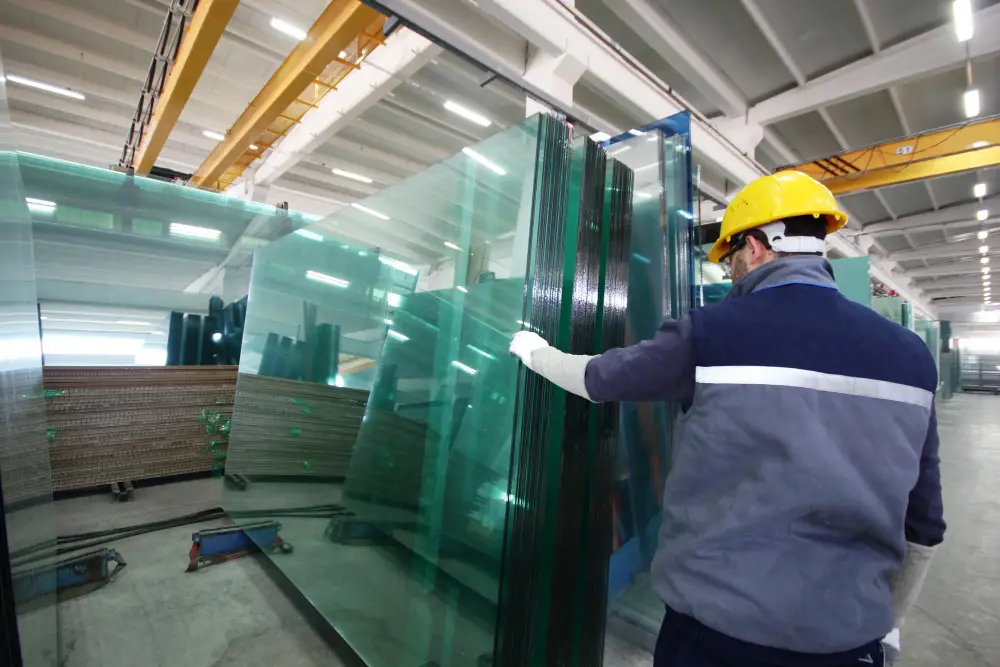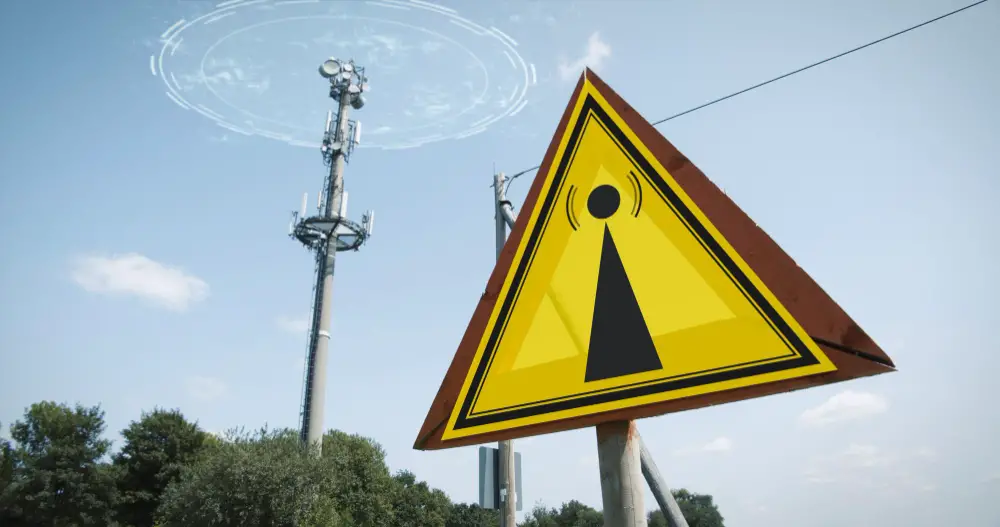Natural disasters and harsh weather conditions can wreak havoc on your roof, often leading to unexpected damage that requires immediate attention. In the face of such emergencies, it’s crucial to know the steps you should take to mitigate further damage and ensure the safety of your home or building.
This guide will walk you through the initial actions you should undertake when disaster strikes your roof, starting from how to assess the damage to seeking professional help for long-term repair solutions.
Assessing the Damage

Immediately following a weather disaster, it’s vital to assess the extent of damage to your roof. Begin with a visual inspection from the ground; look for signs of structural damage, missing shingles, or debris. However, avoid climbing onto the roof yourself as it may be unstable.
If you suspect significant damage, contact emergency services or a professional roofing contractor to perform a more detailed and safe assessment. They can provide a swift evaluation and determine the urgency of the needed repairs.
Document the damage for insurance purposes. Take photographs and write descriptions to create a detailed record. This evidence is essential when filing an insurance claim and seeking compensation for your losses.
Whether you need North Georgia roof inspection services or assistance in other regions, make sure to choose a reputable and experienced contractor who can provide accurate documentation of the damage. They can also advise you on filing insurance claims and communicating with your insurance provider.
Temporary Solutions to Prevent Further Damage
Once you’ve assessed the damage, take immediate action to prevent further harm to your property. Covering any exposed areas with tarpaulin or plastic sheeting can be a quick, temporary fix to shield your home from the elements.
In case of minor leaks, place containers to catch dripping water and move furniture and other items away from the affected area to prevent water damage. Be mindful of safety and avoid electrical hazards by turning off power to the area if necessary.
Enlist the help of professionals for installing temporary roof patches or boarding up broken windows. They can ensure that effective solutions are put in place safely, mitigating the risk of additional damage until permanent repairs can be completed.
Finding a Reputable Roofing Contractor

When it comes to permanent repairs, choosing the right roofing contractor is crucial. Seek out licensed, bonded, and insured contractors with experience in handling emergency roof repairs. Ask for recommendations, read online reviews, and check their standing with the Better Business Bureau.
Request detailed quotes from several contractors to compare services and prices. Ensure they conduct a thorough inspection and explain the required repairs and the materials they will use.
Before finalizing your choice, clarify warranties and after-service support. A reputable contractor will offer guarantees on their workmanship and materials, providing you with peace of mind for the long term.
Navigating Insurance Claims
Dealing with insurance claims can be cumbersome, but it’s a necessary step in recouping your losses. Start by reviewing your insurance policy to understand what kinds of damage are covered and any relevant deductibles.
Reach out to your insurance provider as soon as possible to initiate the claim process. Provide them with the documentation you gathered and the estimates received from the contractors.
Maintain communication with your insurance adjuster and keep a log of all the correspondence. This will help ensure that you receive a fair assessment and timely reimbursement for the repair costs.
Long-term Roof Maintenance and Prevention
After your emergency roof repairs are completed, it’s important to think ahead. Invest in long-term maintenance to enhance the durability of your roof and prevent future disasters. Schedule regular inspections and maintenance with a trusted roofing professional to detect and address potential issues early.
Consider upgrading to more resilient roofing materials that are better suited to withstand extreme weather conditions in your area. Modern advancements in roofing technology can offer increased protection against wind, hail, and rain.
Finally, ensure that your trees are trimmed and gutters are cleaned regularly to prevent damage from fallen limbs and water buildup. A proactive approach to roof maintenance can save you from costly repairs and extend the lifespan of your roof.
In addition, keeping your roof in good condition can also increase the value of your property and provide you with peace of mind during storm seasons.
Don’t wait until disaster strikes to consider emergency roof repair procedures. Being prepared and taking swift action can make all the difference in minimizing damage to your home or building when faced with a roofing emergency.
Remember to prioritize safety at all times, seek professional help when necessary, and stay proactive in long-term roof maintenance to protect your property for years to come. So, it is always a good idea to have a plan in place for emergency roof repairs before disaster strikes. Stay prepared and ensure the safety of your home or building by following these essential steps.
Recap




